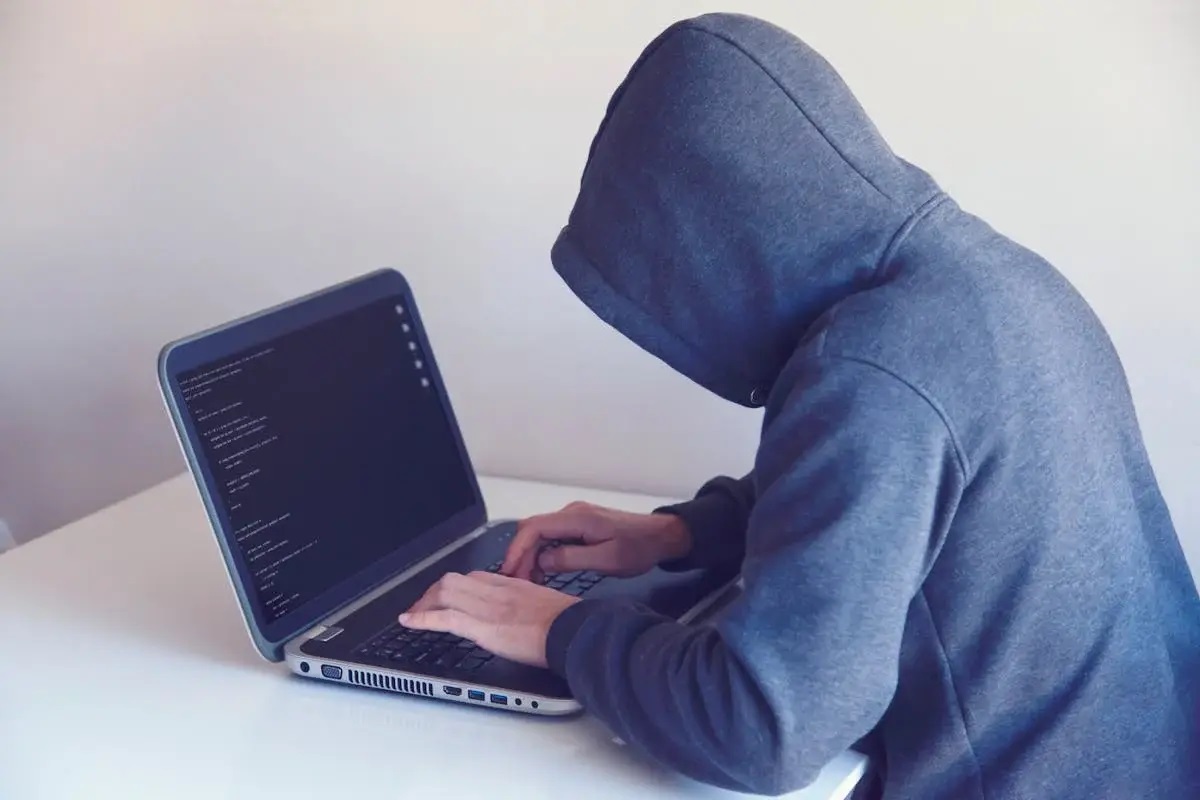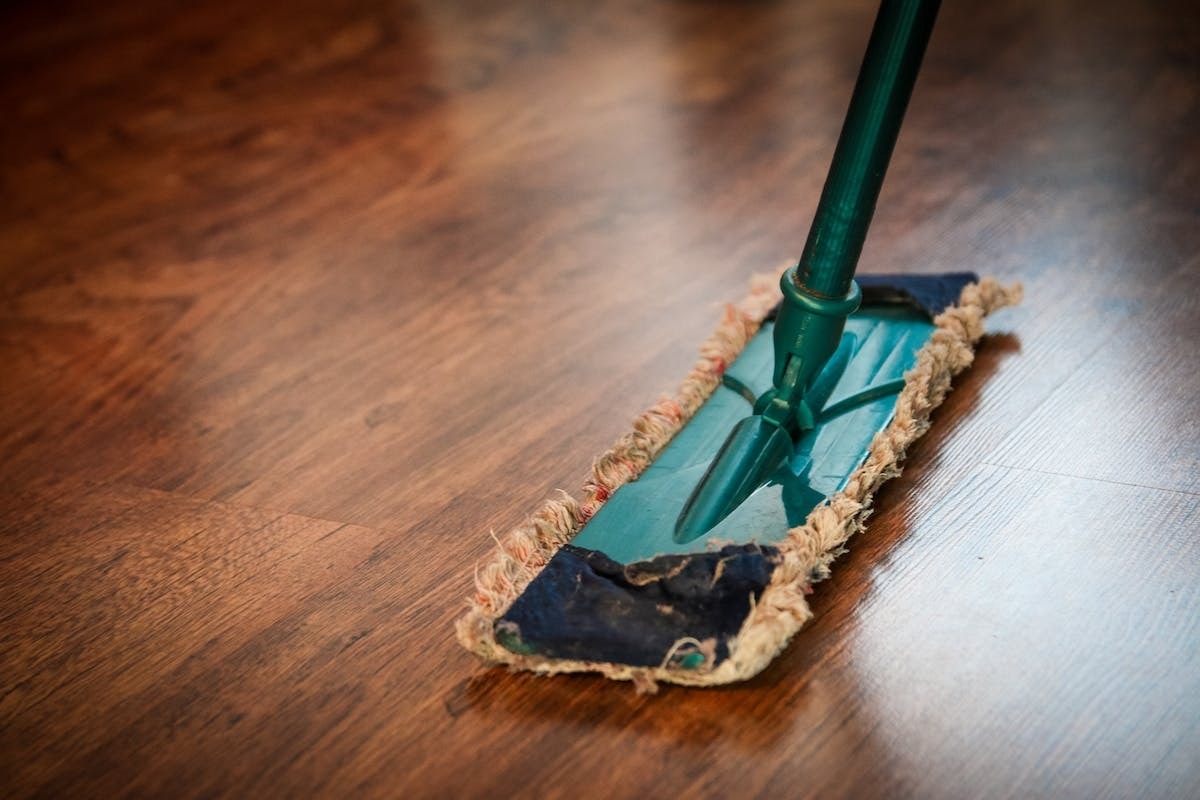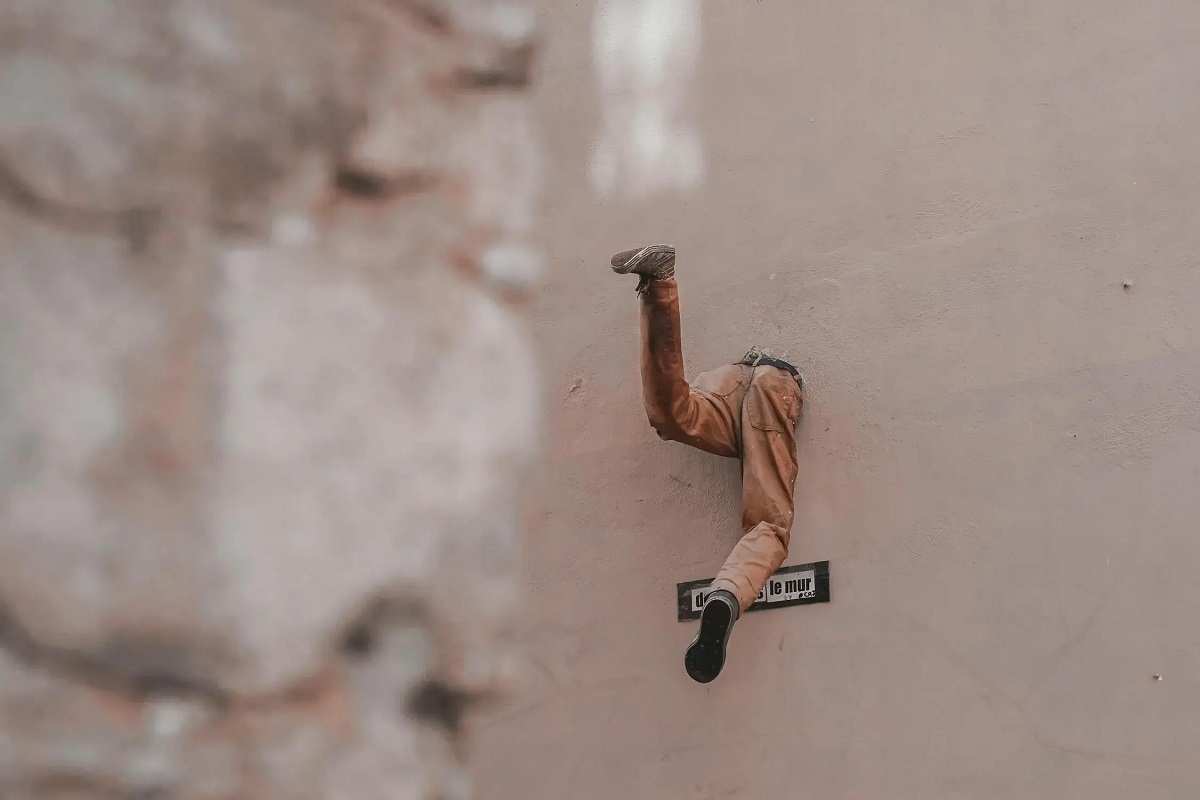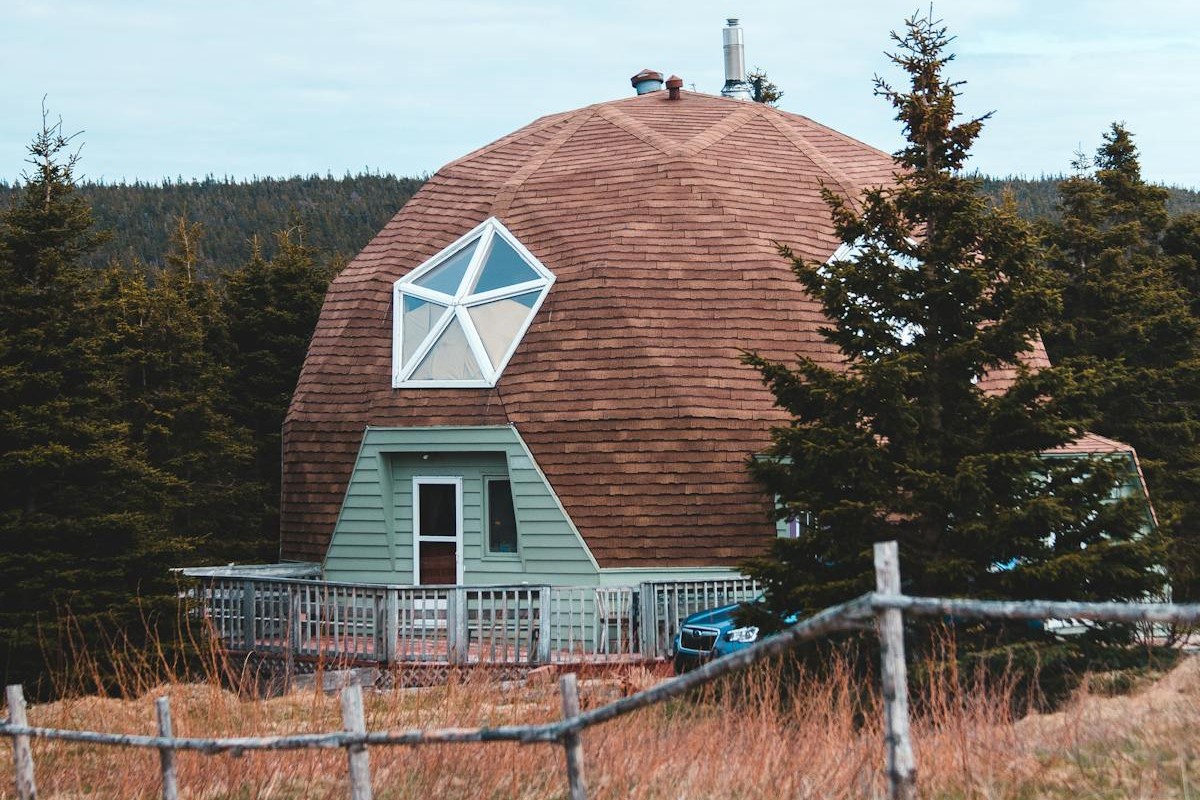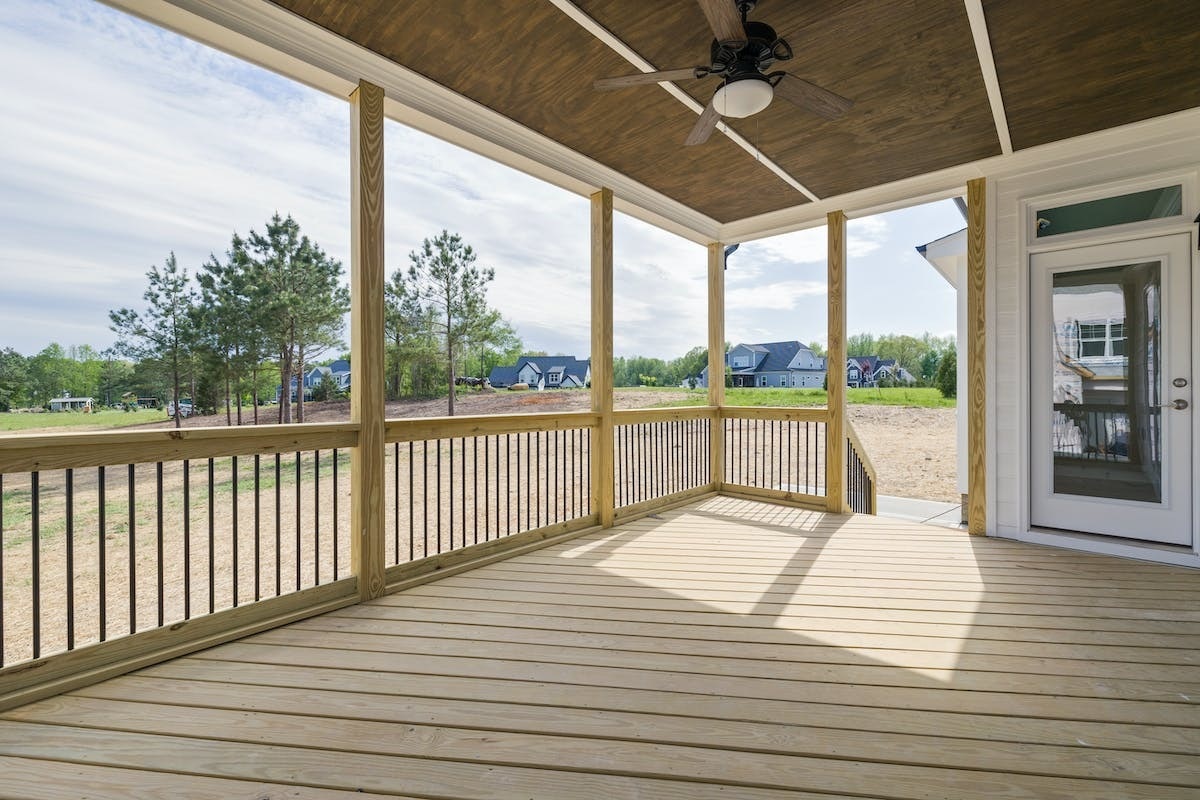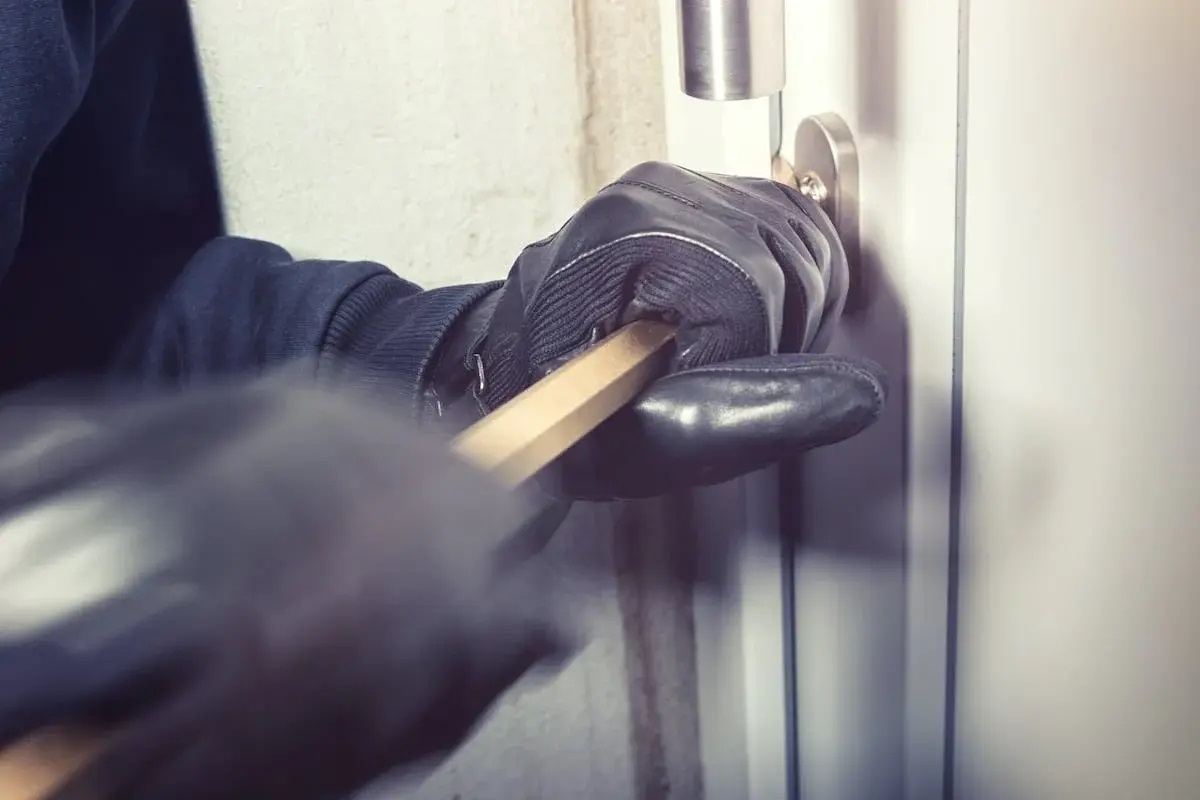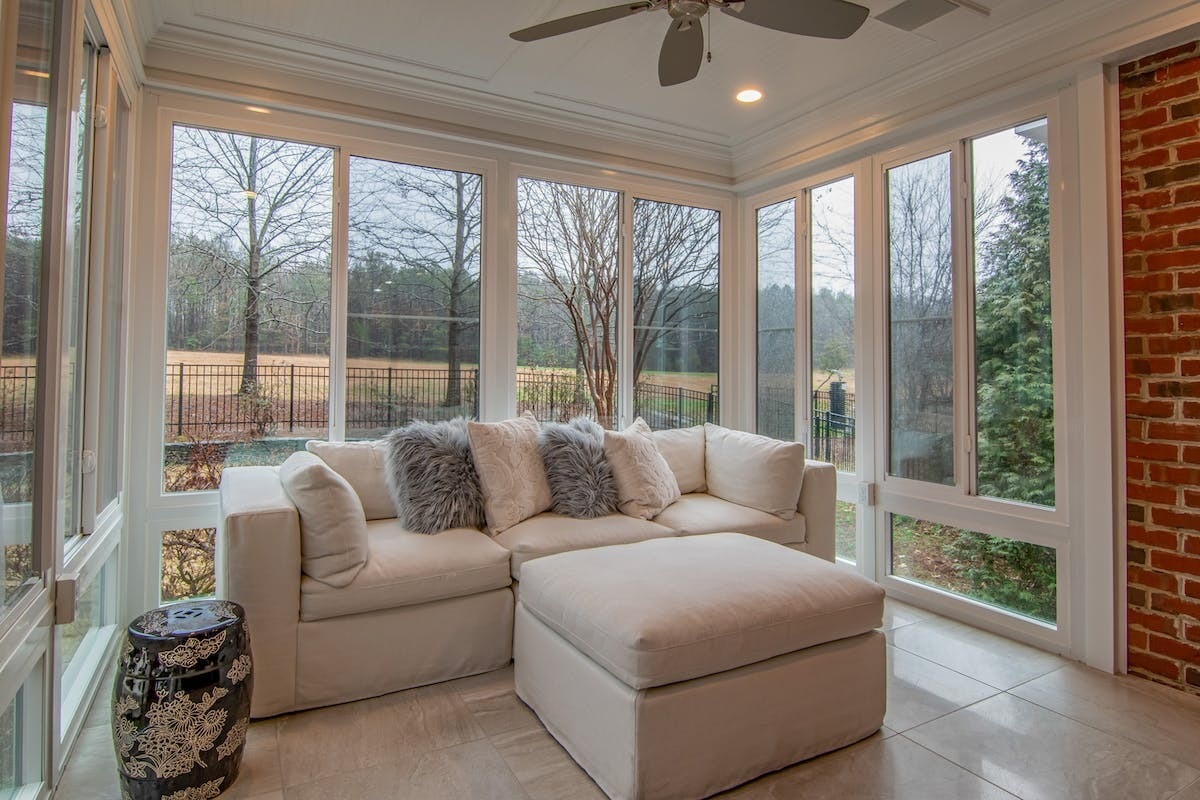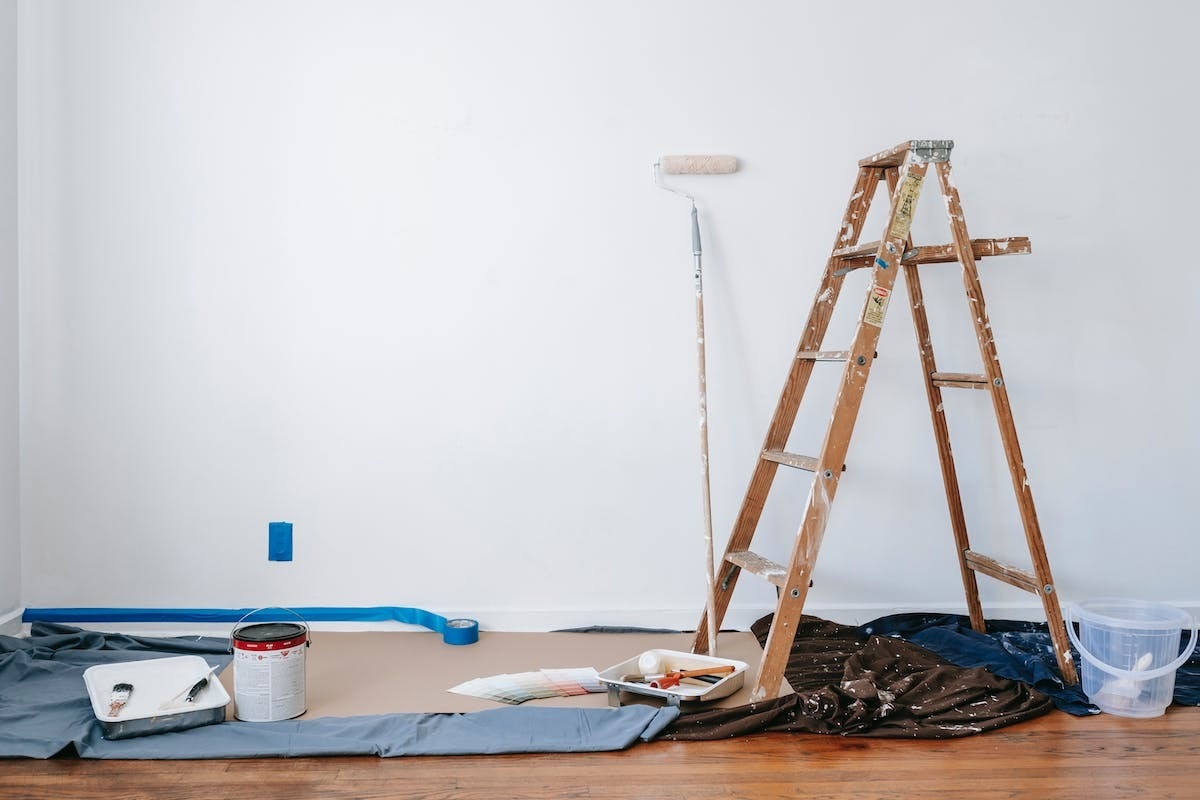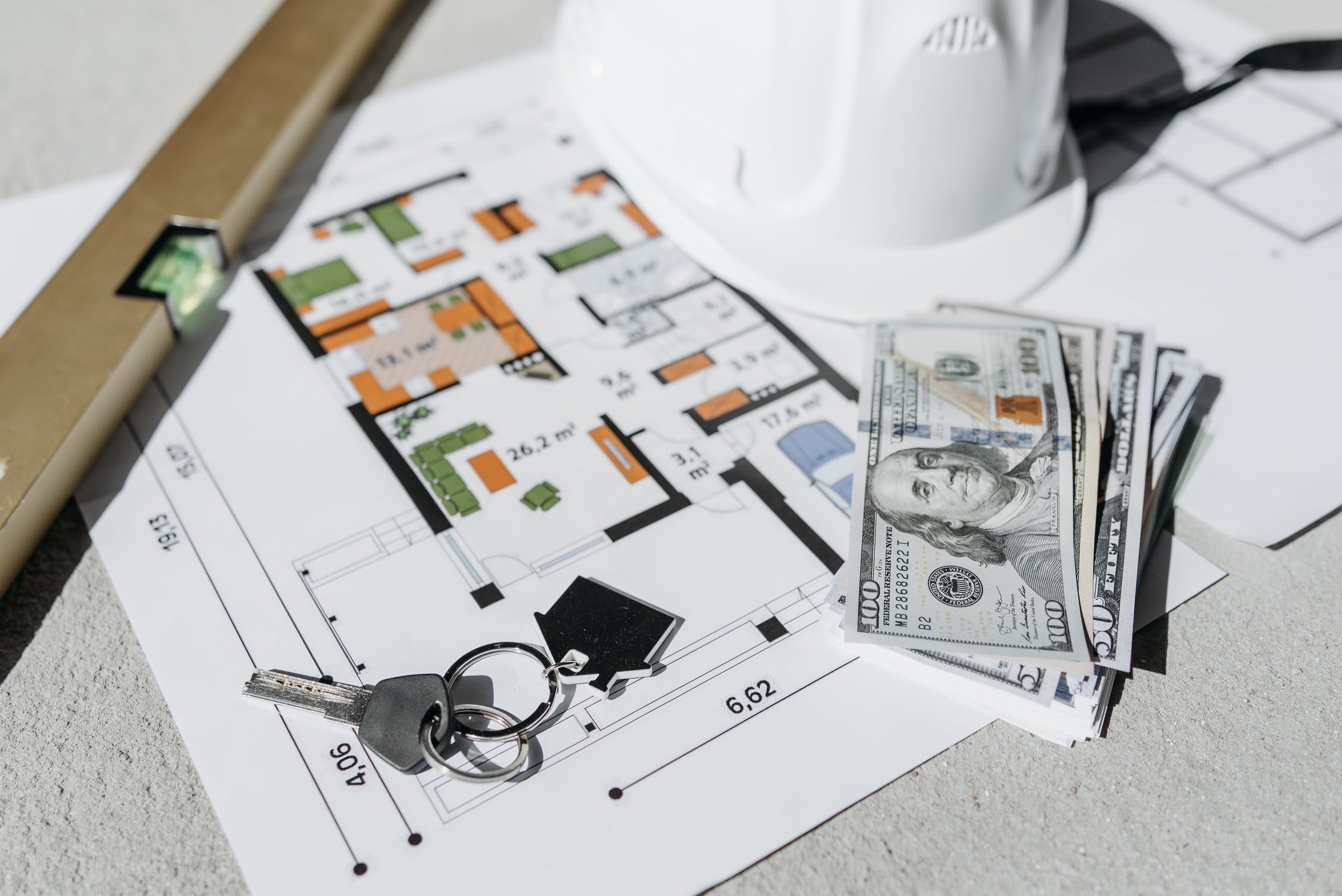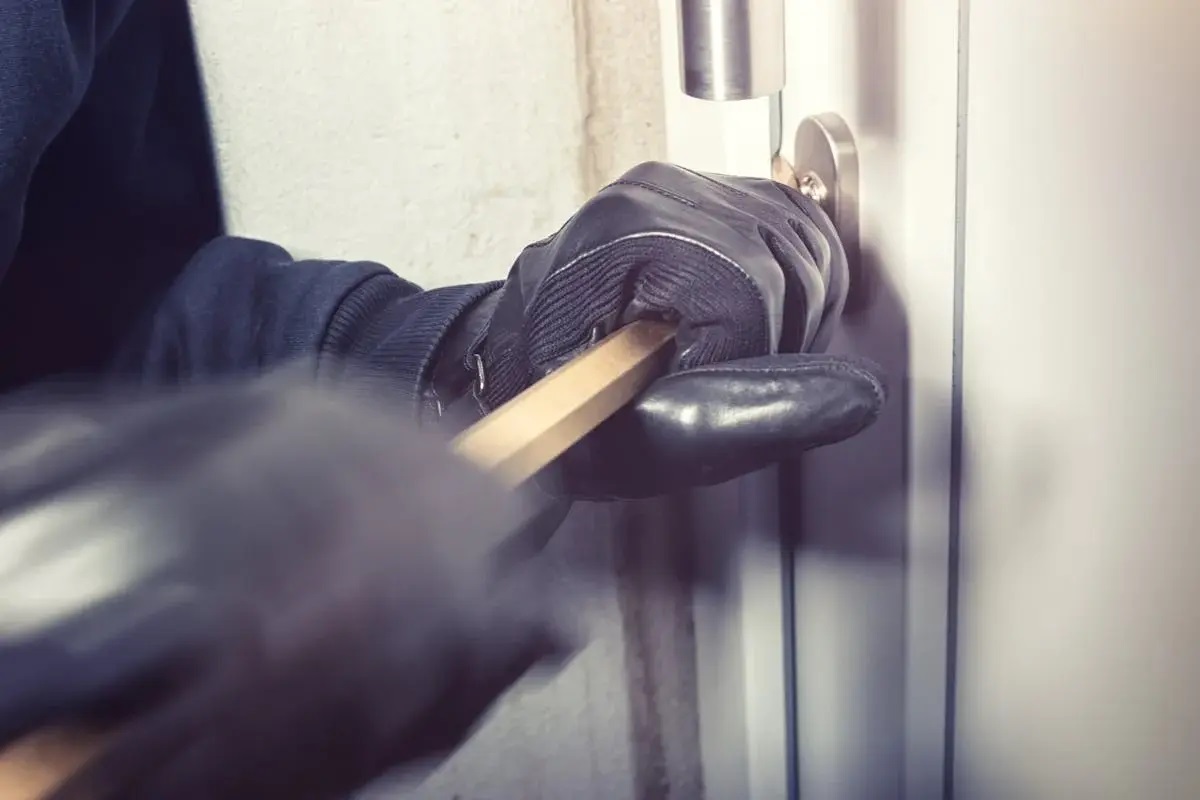
The squatting nightmare: what can you do to prevent it?
___
Published Date 4/12/2024
Unless it’s in an abandoned ghost town, vacancy attracts. It invites. Plain and simple: It isn’t hard to spot a vacant home.
Realtor.com’s Margaret Heidenry reports that squatting is on the rise. “Across the country, homeowners have returned to their vacant properties only to discover that squatters have broken in, made themselves comfortable, and are refusing to leave,” she says. “Even worse, very little can be done to get them out.”
A terrifying story? Washington homeowner Jason Roth had a tenant who was no longer making rent payments but refused to leave the property. Without that rental income, Roth was forced to give up his own home and live in his car. Meanwhile, his squatter was not only living in Roth’s property rent-free but also renting out the basement on Airbnb.
If you’re thinking the homeowner should have gone in there with a shotgun, think again. Homeowners who attempt to take the law into their own hands often find that these attempts backfire. Heidenry tells the story of Adele Andaloro—who, after finding her childhood home occupied by squatters, changed the locks. Police ended up arresting Andaloro, while her squatters remained on her property.
Sometimes, confrontations between homeowners and squatters can turn violent or even deadly, as evidenced by the tale of 52-year-old Nadia Vitel, who entered her family’s New York apartment only to find it occupied by two teen squatters. They allegedly killed Vitel, stuffing her into a duffel bag in the closet, where she was later discovered by her son.
Heidenry reports that squatting surged during the pandemic when many states eased their housing regulations and allowed renters to remain in their homes even if they couldn’t make their monthly payments. During the same period, the housing market exploded. Rents shot up, home prices rose to all-time highs, and inflation skyrocketed, leaving many unable to pay for housing.
Industry experts chalk this squatting epidemic up to “economic stress” even though — with unemployment at or near 50-year lows it is hard to understand it. Those with low education, no skills, mental health, and physical health challenges, however, often cannot afford a place to live. COVID-era eviction bans have protected some of these people who are now not accustomed to paying for a place to live.
And then there is that awful term - “squatters’ rights.” Heidenry describes how, in New York, for instance, squatters can’t be evicted after just 30 days of living in a property. These rights mean a property owner can’t change the locks to the home to keep the squatter out, turn off utilities, or dispose of the squatter’s possessions in the home. Instead, the only recourse a homeowner has is to take the squatter to court and wage a costly legal battle.
This leads to the question — what can a homeowner do with a vacant property—whether a vacation home or an empty house awaiting sale or rent—to deter squatters?
Heidenry offers some strategies for preventing illegal inhabitants from taking over your property, the first of which is leveling up your home security. “If potential squatters can’t get in, you don’t have to worry about getting them out, so the first line of defense is to make your property impenetrable. This means fortifying all entry points, including doors, windows, and other potential access areas.” That means next-level locks — not a lockbox. Get rid of your cheap locks and deadbolts and buy higher-grade locks that are hard to compromise. These are often available through a locksmith if you can’t find them elsewhere.Then reinforce them with security bars or screw them shut.
Once every entry point is locked down, monitor the home with a video security system.
“Ring and Amazon’s Alexa are popular, but if you desire stronger privacy and cybersecurity settings, there are other reliable brands like LaView and local favorites like Virtually Automated,” says real estate broker Lee Davenport. He says you can also add motion-sensing lights or alarms and post “No Trespassing” signs around your property to reinforce your legal rights and discourage unauthorized entry.
Prevention includes making vacant property appear occupied. To create the illusion that someone is currently living there, add a car in the driveway, lights inside on timers that go on and off regularly, security signs (including one that says the property is patrolled for security and one that reads “Beware of Dog”) —even if you don’t employ a security company or have a dog. You might even find a motion detector that — once activated — plays a recording of a dog barking loudly. Even if you have to throw some old or cheap furniture into parts visible when a door opens, making your home look lived-in will help to discourage potential squatters from attempting to take over.
Virtual eyes are one thing, however. Human presence is another. If you are a remote owner, you might want to hire someone or engage the neighbors to regularly inspect and time-stamp their visits. By staying vigilant and proactive in monitoring your property, you can intervene promptly if squatters attempt to encroach.
Legally speaking, make sure you have established property ownership to assert your rights. If you’ve inherited a home, ensure deeds and property titles are current, reflecting your ownership. “If your property is part of a homeowners association or governed by specific regulations, stay informed about any requirements or procedures related to property ownership,” says Heidenry.
If squatters attempt to take over your property, it’s essential to take immediate legal action to reclaim possession of your property and prevent further trespassing or damage. “Contact local law enforcement to report the squatting activity and ask for their help ousting the squatters.” She notes that police usually can’t remove squatters, so you’ll have to call your local sheriff instead. “If the squatters refuse to leave, consult a qualified attorney specializing in property law to understand your rights and legal options for eviction proceedings. And be sure to document all evidence of squatting and property damage, including photographs, witness statements from neighbors, and any communication with the squatters.
Realtor, TBWS
All information furnished has been forwarded to you and is provided by thetbwsgroup only for informational purposes. Forecasting shall be considered as events which may be expected but not guaranteed. Neither the forwarding party and/or company nor thetbwsgroup assume any responsibility to any person who relies on information or forecasting contained in this report and disclaims all liability in respect to decisions or actions, or lack thereof based on any or all of the contents of this report.
View the full disclaimer and licensing details at https://homemac.com/mortgage-banker-disclaimer.


David D'Angelo
HMAC Social Media Manager
NMLS: HMAC #1165808
Home Mortgage Alliance Corporation (HMAC)
4 Hutton Centre Dr, Santa Ana CA 92707
Company NMLS: 1165808
Office: 800-900-7040
Cell: 310-980-7157
Email: info@homemac.com
Web: https://homemac.com

David D'Angelo
___
HMAC Social Media Manager
NMLS: HMAC #1165808
Cell: 310-980-7157
Last articles
___

This week markets will be focused on FOMC and the employment report
4/29/2024
The headlines this week, the FOMC meeting on Wednesday and April unemployment da... view more

When a gambling addiction affects ‘home sweet home’
4/26/2024
It’s the nightmare we think only happens in the movies. “We have to pack,” says ... view more

Markets find relief as March PCE meets expectations
4/26/2024
Yesterday the release of the advance Q1 GDP sent rates up and MBS prices lower. ... view more

Choosing new exterior paint colors for your home
4/25/2024
When it comes to curb appeal, there are things you can do to update your house. ... view more

March durable goods orders exceed expectations even as February’s orders revised significantly lower
4/24/2024
March durable goods orders expected +2.3%, increased 2.6% but February orders we... view more

Ushering ‘porch birds’ to a different locale
4/23/2024
You may see it as a sign of good luck when a wild bird or two visits your porch.... view more

The Richmond Fed Manufacturing Index met expectations
4/23/2024
We will get the high-frequency S&P Markit MFG and Services PMI at 9:45 am ET. Bo... view more
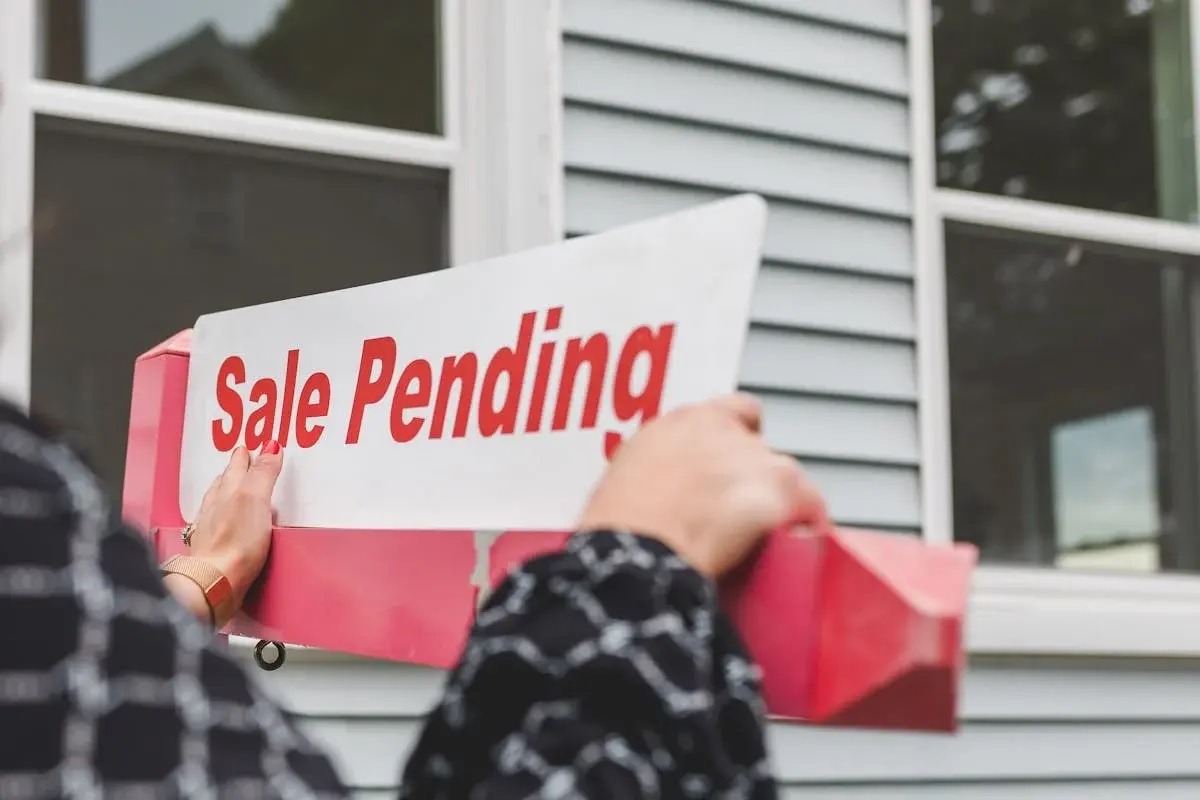
Never underestimate the value of professional real estate agent representation
4/22/2024
Click the link; buy a sofa. Click on another; buy a pergola for your backyard...... view more
Load more
 Home Mortgage Alliance Corporation (HMAC)
Home Mortgage Alliance Corporation (HMAC)

















